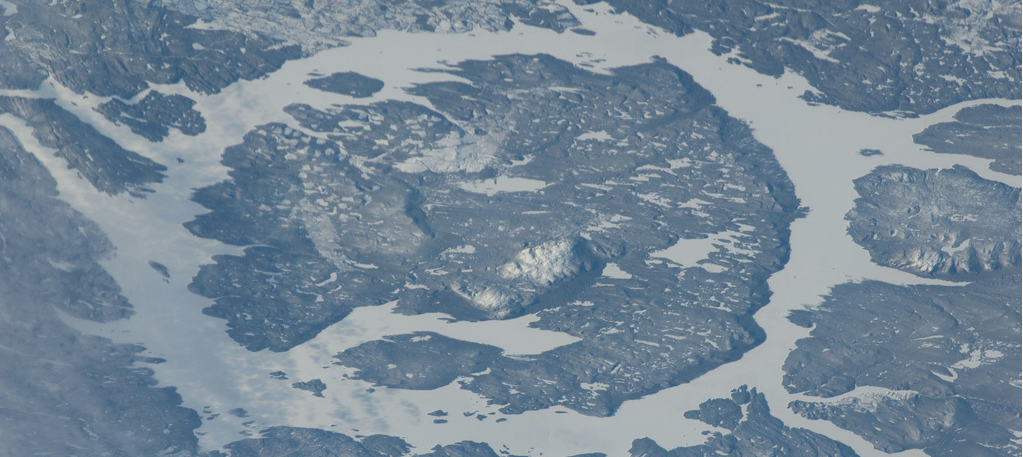New Scientist
Image: NASA’s Marshall Space Flight Center
Earth, 255 million years ago. The curtain is falling on a Lost World fantasy. At its peak, our Palaeozoic planet boasted lush forests packed with 30-metre-tall relatives of the tiny club mosses and horsetails that exist today. Giant 2.5-metre-long millipedes scuttled across the ground, while dragonfly-like insects with wing spans of 70 centimetres flitted through the skies. The seas swarmed with scorpion-like creatures over 2 metres long and predatory fish of 10 metres and more.
Some 252 million years ago, this world was gone – transformed by the most traumatic wave of extinctions life on our planet has ever experienced. The mass killing that ended the age of the dinosaurs 65 million years ago grabs all the headlines, but it snuffed out only three-quarters of plant and animal species. The “Great Dying” – more formally known as the Permian-Triassic or end-Permian extinction – did for over 90 per cent. Even insects suffered, a hardy group that generally sails through extinctions unscathed. In the impoverished aftermath of the Great Dying, microbes seized their chance to dominate the world that had been theirs before the dawn of animal and plant life. It took 10 million years for more complex organisms to wrest back control.
But what caused the Great Dying? A meteorite strike like the one that seems to have sealed the fate of the dinosaurs? Volcanic or tectonic convulsions?The ravages of a humble microbe? To the long list of possible culprits and accomplices we can now add another, controversial entry – fracking. Read more on newscientist.com…








